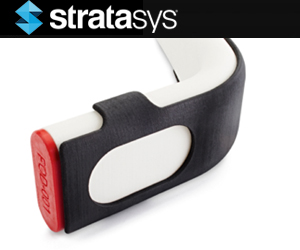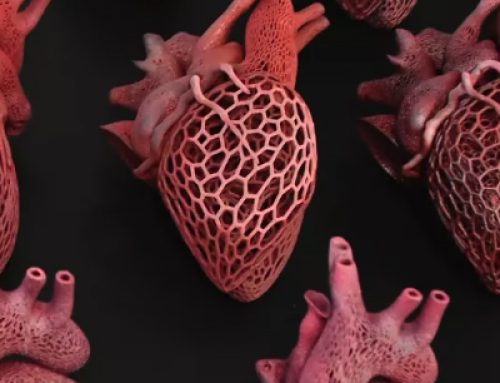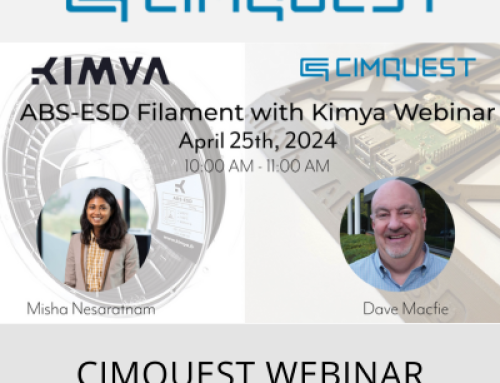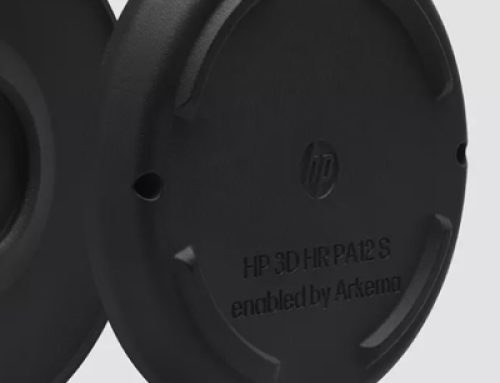(Excerpt taken from an article on www.machinedesign.com)
Additive manufacturing allows engineers to test and make design adjustments without a capital investment in hard tooling. The lack of tooling makes it ideal for one-off parts like custom manufacturing aids. Two of the more popular 3D printing processes used in the creation of manufacturing aids are Fused Deposition Modeling (FDM) and Laser Sintering (LS).
FDM deposits heated filament, similar to a hot glue gun. FDM can create complex parts using water-soluble support material to provide more design freedom. The LS process melts designs in a bed of powdered material that negates physical supports allows for intricate, interweaving, no-access features. Both LS and FDM processes use engineering-grade plastics with heat, smoke and toxicity ratings, chemical resistance and even materials with Federal Aviation Regulations (FAR) 85.853 ratings.
Plastics used in LS and FDM processes are also lightweight compared to machined metals traditionally used for manufacturing aids. Thanks to design freedom, 3D printing allows for consolidated features, thereby reducing the total number of components and amount of material necessary to build complex parts. These material properties, along with a history of performance in the transportation, aerospace, and other high-impact fields, have made FDM and LS valuable processes for end-use part manufacturing.
While FDM excels at executing manufacturing aids with large flat surfaces, LS is most commonly used in the production of manufacturing aids requiring organic and curving shapes. Because LS builds in a chamber just below the melting point of the plastic, it is more susceptible to warping than the FDM process, which makes it less ideal for flat surfaces. However, LS is able to create support-free builds—making it more ideal for curving, fluid shapes—and is a great solution for fixtures, ducts, pipes, and other rounded or curving products that have a more organic and free-form shape like the one shown below.

Laser Sintering conforms to organic shapes and is commonly used for guides on tubes and ducting.
Photo courtesy of www.machinedesign.com
Not all 3D printing technologies are suited for manufacturing aid applications. Vat photopolymerization processes (e.g., Stereolithography) use materials with very low tensile strength and low elongation, typically resulting in brittle parts. Since the technology uses UV energy to cure the material, the resultant product is highly susceptible to degradation from light over time. In other words, it has a much shorter shelf life than other 3D printing technologies.
Additionally, vat photopolymer resins have low heat deflection and will warp in hot temperatures. Therefore, unlike FDM and Laser Sintering, vat photopolymerization cannot withstand the repeated use required for a durable manufacturing aid.
PolyJet, or inkjet-based printing, is similar to vat photopolymerization in that it uses UV energy to cure material. However, PolyJet technology has slightly more robust materials when compared to vat photopolymer reins–including digital-ABS, a material with high heat deflection and tensile strength. While PolyJet has a shelf life similar to vat photopolymerization, it affords some niche uses as a manufacturing aid. Because it can build small parts in just a few hours, PolyJet is sometimes used as a prototype manufacturing aid or tool for projects requiring immediate feedback.
While these niche applications don’t rule out PolyJet altogether, it isn’t a standard go-to manufacturing aid process because it does not afford the ruggedness of FDM or LS. In addition, it’s susceptible to heat and UV degradation over time.
The final major 3D printing process of note is metal powder bed fusion through Direct Metal Laser Sintering (DMLS). DMLS creates end-use, dense metal parts used heavily in aerospace and energy applications. It has mechanical properties commonly found in casting procedures. However, DMLS is not ideal for the production of manufacturing aids. The process requires somewhat intensive post-processing labor and can be expensive, which makes it less ideal than LS or FDM for manufacturing aids.
To learn more about additive manufacturing and our Stratasys line of 3D printers, please click the button below.








Leave A Comment